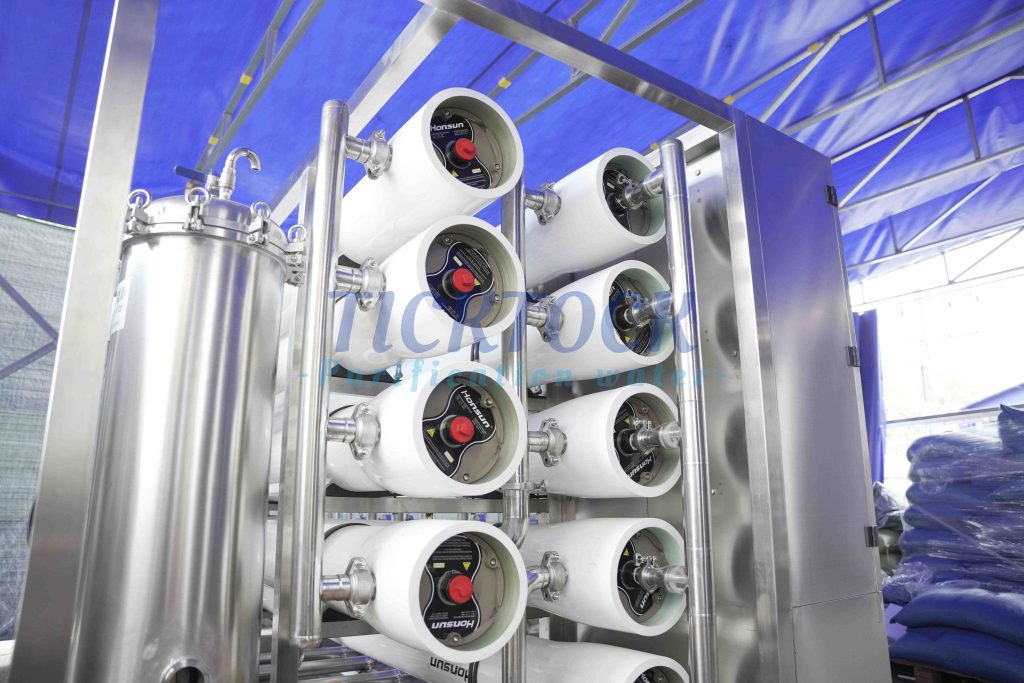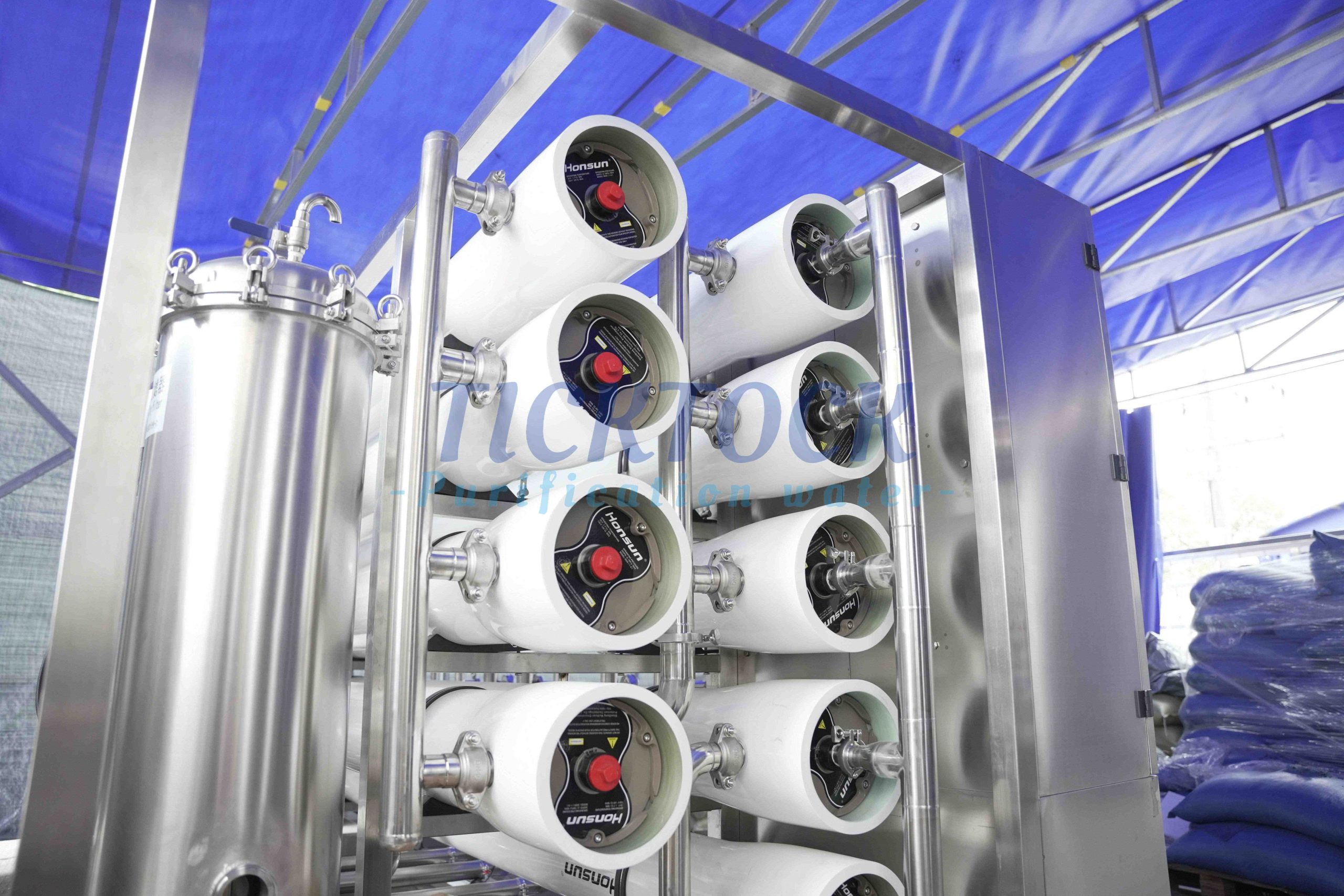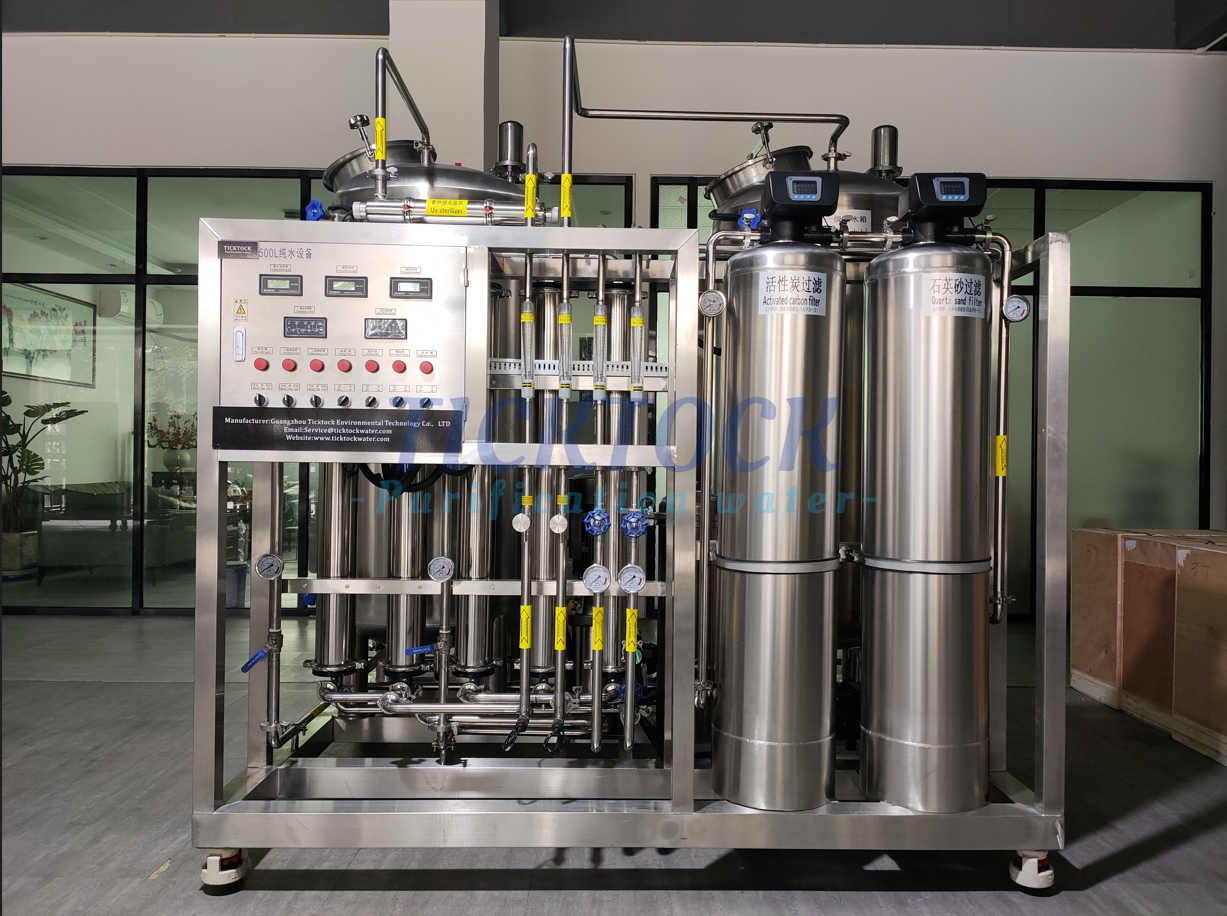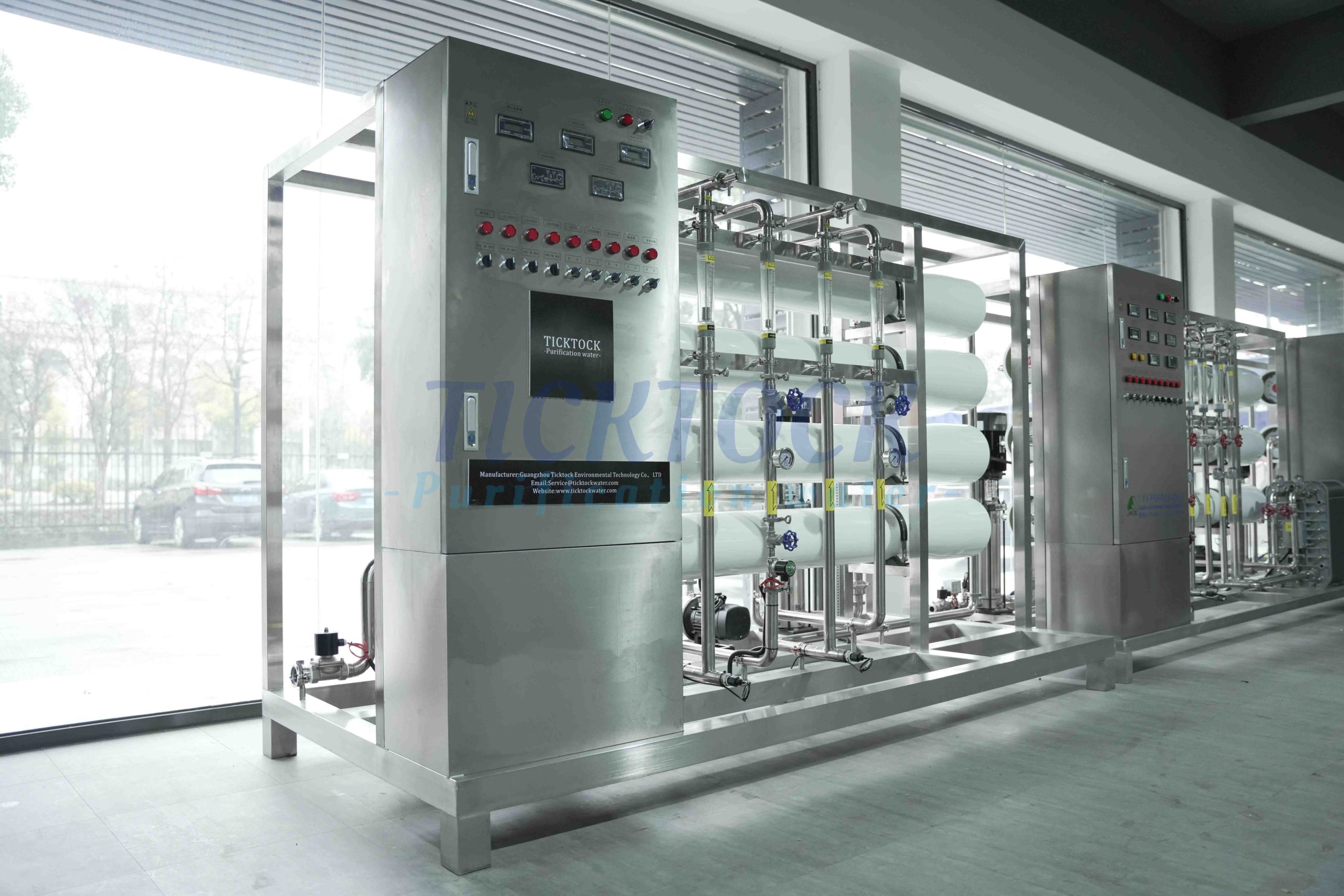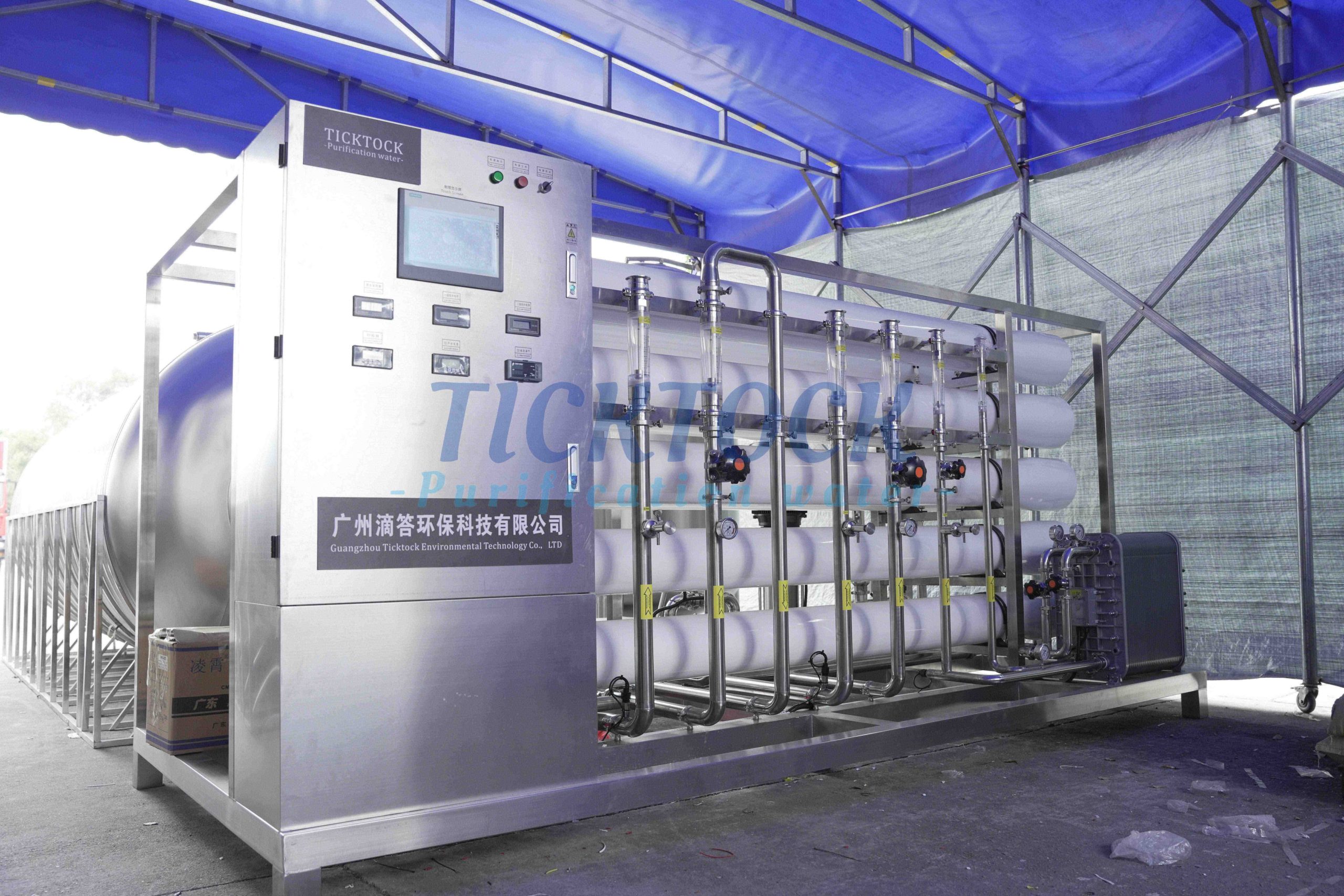Reverse osmosis (RO) membranes, as a core technology in water treatment, vary significantly in types and performance, directly influencing their effectiveness and applications. Based on material, structure, and purpose, RO membranes can be categorized as follows:
1. Classification by Material
1. Cellulose Acetate Membrane (CA Membrane)
– Features: Unique chlorine resistance with a desalination rate >95%, strong anti-fouling properties, but prone to microbial degradation.
– Conditions: pH 5-6, low-temperature environments.
– Limitations: Decomposes in extreme pH conditions.
2. Polyamide Membrane (PA Membrane)
– Features: High desalination rate (>99%), resistant to microbial hydrolysis, but vulnerable to chlorine and oxidants.
– Conditions: pH 4-11, temperature ≤40°C, ideal for long-term stability.
3. Thin-Film Composite Membrane (TFC Membrane)
– Features: Combines material advantages, balanced chlorine and microbial resistance, operates under low pressure (1.6 MPa), and adapts to pH 2-12.
– Applications: Industrial wastewater treatment and seawater desalination.
4. Advanced Material Membranes
– Graphene Oxide Membrane: High desalination and anti-fouling performance via 2D structure, yet costly.
– Zirconium Phosphate Membrane: Heat-resistant, anti-fouling, and highly effective for heavy metal removal.
2. Classification by Structure
1. Spiral-Wound Membrane
– Compact design, high packing density, suitable for large-scale systems (e.g., desalination plants).
2. Hollow Fiber Membrane
– Self-supporting structure with high surface area, ideal for high-turbidity water (e.g., landfill leachate).
3. Flat-Sheet Membrane
– Easy to clean, used in labs or small-scale precision systems.
3. Classification by Application
1. Seawater Desalination Membrane
– High desalination rate (>99%) and pressure resistance (e.g., DOW SW30HRLE-400 membrane).
2. Industrial Wastewater Treatment Membrane
– Polyamide composite membranes remove heavy metals and organics, achieving COD <10 mg/L.
3. Ultrapure Water Production Membrane
– Low-pressure composite membranes produce ultrapure water (conductivity ≤0.3 μS/cm) for pharmaceuticals and electronics.
4. Key Performance Comparison

5. Future Trends
Advancements in material science are driving RO membranes toward lower energy consumption, high-temperature/pressure resistance, and anti-fouling properties. For instance, graphene oxide and dynamic membranes enhance separation efficiency. Additionally, integrated systems (e.g., RO-electrodeionization) are becoming mainstream in industrial applications.



